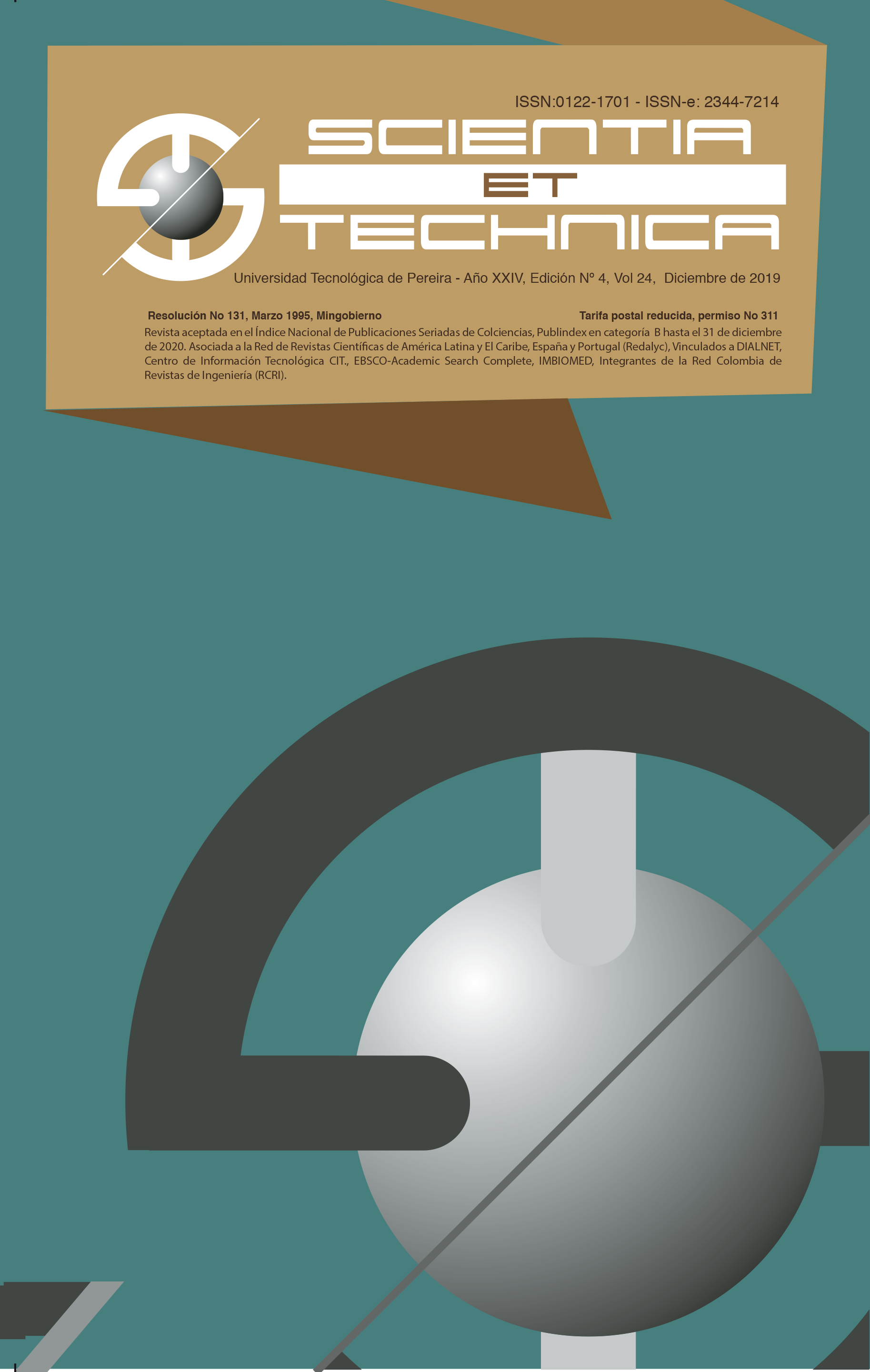Study of the Tribological Properties of Paraffin and Polyethylene Wax as Antiwear Additives in Sesame Oil
DOI:
https://doi.org/10.22517/23447214.22391Palabras clave:
Vegetable oil, Four balls, Extreme Pressure, Preventive wear.Resumen
Vegetable oils were one of the main sources of lubricating oils before the appearance of oil. Currently, due to low thermal stability and oxidation, they are not used with the same frequency in the industrial sector. However, the different fatty acids that make up vegetable oils can significantly reduce the coefficient of friction. To optimize the lubrication, vegetable oils can be mixed with additives. In this research, a comparative study of the lubricating power of sesame oil with polyethylene wax and paraffin as additives was carried out. This property was evaluated by preventative wear tests and extreme pressure in a four-ball tribometer. The experimental results showed that for the preventive wear test the mixture with polyethylene wax has the smallest average diameter of the fingerprint, while for the extreme pressure test the mixture with paraffin gave a greater resistance to the applied load, obtaining a welding point to 32 Kg-F (314N) being greater than for pure oil and with polyethylene wax (24 Kg-F (235N)). In relation to the coefficient of friction the results obtained show that there is no difference between the pure oil and the mixtures with the different additives. From these results it can be concluded that the yield of sesame oil as a lubricant can be improved by mixing it with paraffin and polyethylene wax; however, the percentages added must be determined correctly.
Descargas
Descargas
-
Vistas(Views): 563
- PDF (English) Descargas(Downloads): 513
Publicado
Cómo citar
Número
Sección
Licencia
Derechos de autor y licencias
La revista es de acceso abierto gratuito y sus artículos se publican bajo la licencia Creative Commons Atribución/Reconocimiento-No Comercial-Compartir bajo los mismos términos 4.0 Internacional — CC BY-NC-SA 4.0.
Los autores de un artículo aceptado para publicación cederán la totalidad de los derechos patrimoniales a la Universidad Tecnológica de Pereira de manera gratuita, teniendo en cuenta lo siguiente: En caso de que el trabajo presentado sea aprobado para su publicación, los autores deben autorizar de manera ilimitada en el tiempo, a la revista para que pueda reproducirlo, editarlo, distribuirlo, exhibirlo y comunicarlo en cualquier lugar, ya sea por medios impresos, electrónicos, bases de datos, repositorios, discos ópticos, Internet o cualquier otro medio requerido.
Los cedentes mediante contrato CESIÓN DE DERECHOS PATRIMONIALES declaran que todo el material que forma parte del artículo está totalmente libre de derechos de autor de terceros y, por lo tanto, se hacen responsables de cualquier litigio o reclamación relacionada o reclamación relacionada con derechos de propiedad intelectual, exonerando de toda responsabilidad a la Universidad Tecnológica de Pereira (entidad editora) y a su revista Scientia et Technica. De igual forma, los autores aceptan que el trabajo que se presenta sea distribuido en acceso abierto gratuito, resguardando los derechos de autor bajo la licencia Creative Commons Atribución/Reconocimiento-No Comercial- Compartir bajo los mismos términos 4.0 Internacional — CC BY-NC-SA 4.0.
https://creativecommons.org/licenses/by-nc-sa/4.0/
A los autores, la revista Scientia et Technica tiene la obligación de respetarle los derechos morales (artículo 30 de la Ley 23 de 1982 del Gobierno Colombiano) que se les debe reconocen a estos la paternidad de la obra, el derecho a la integridad y el derecho de divulgación. Estos no se pueden ceder ni renunciar.



